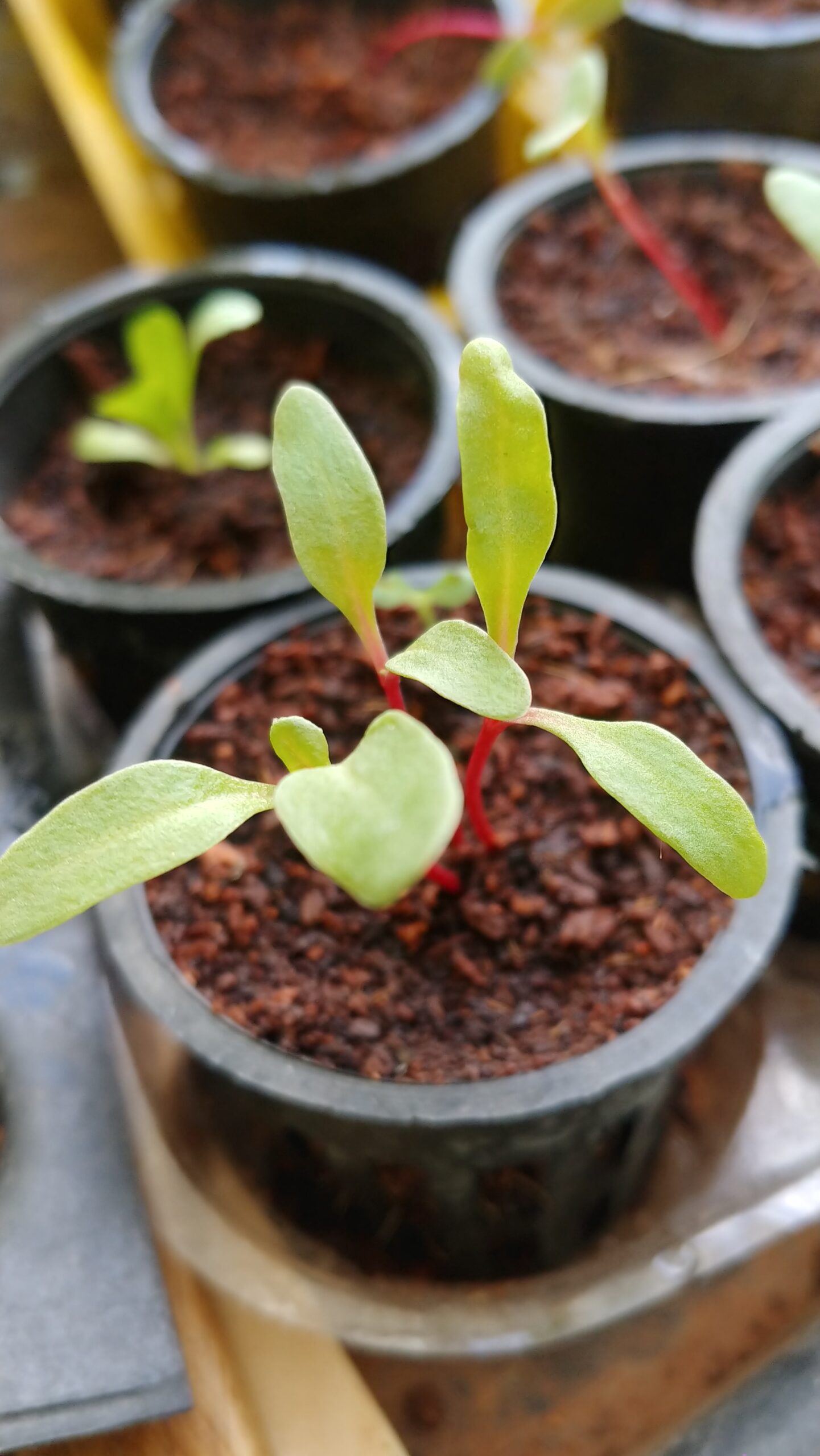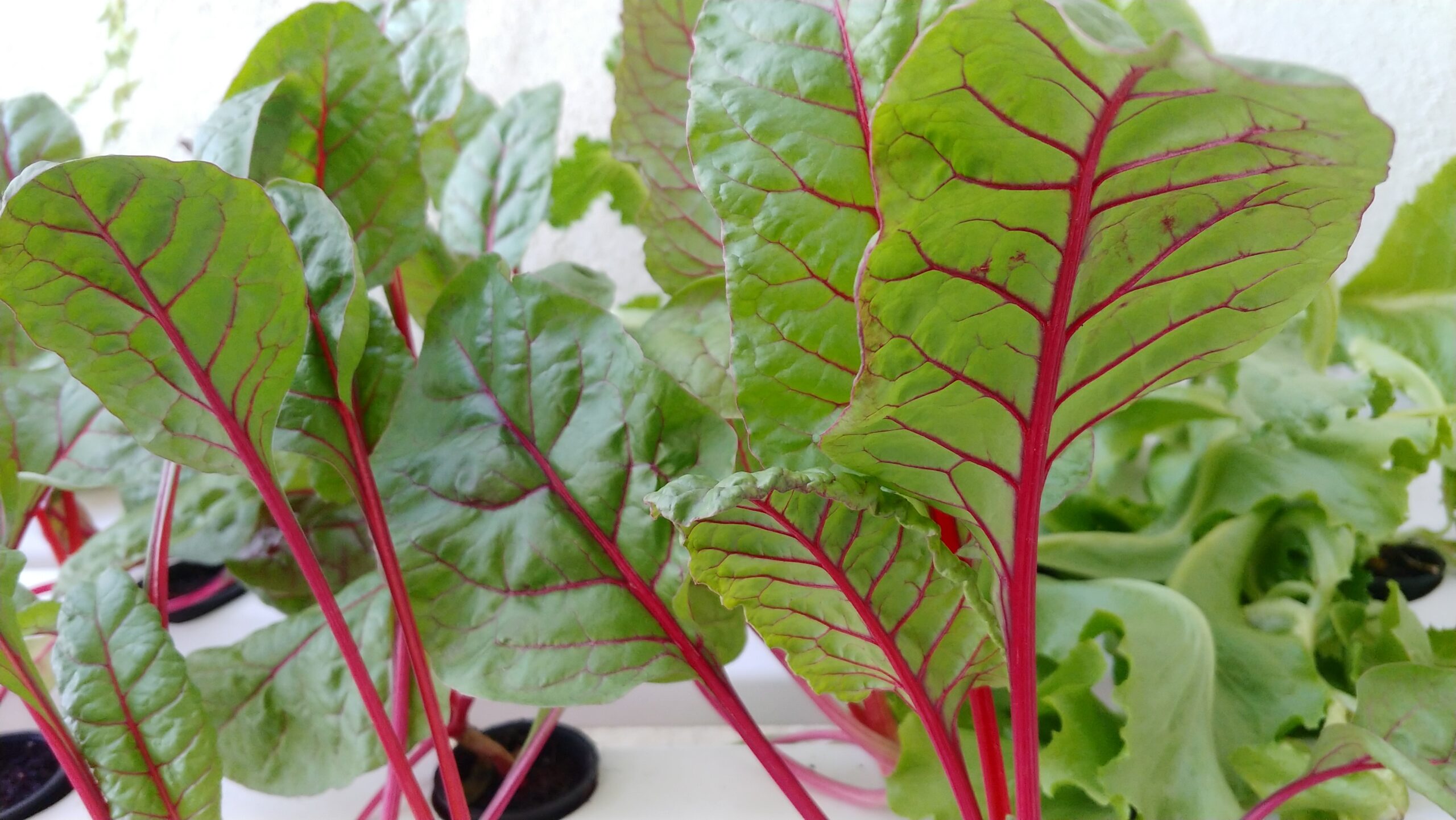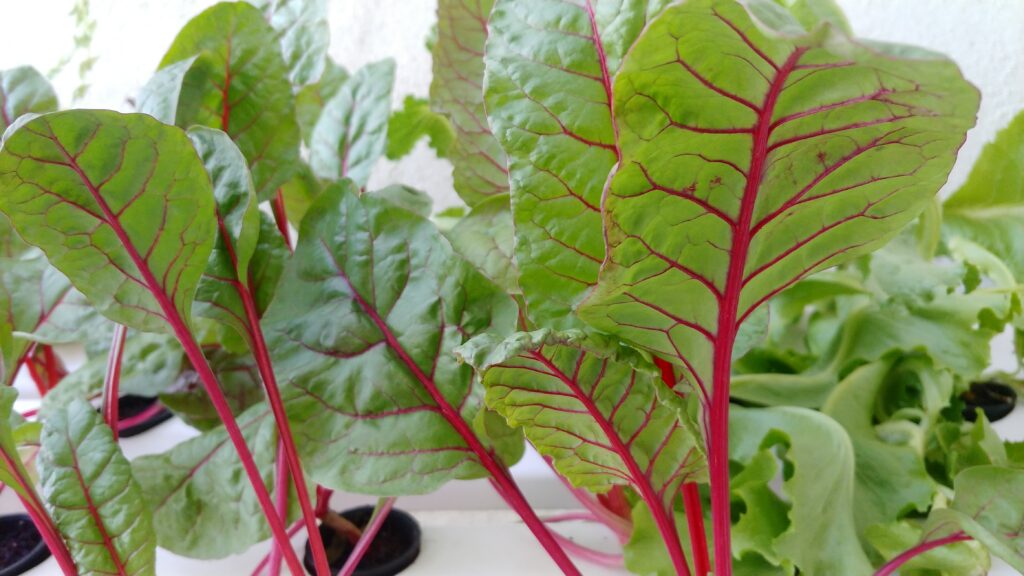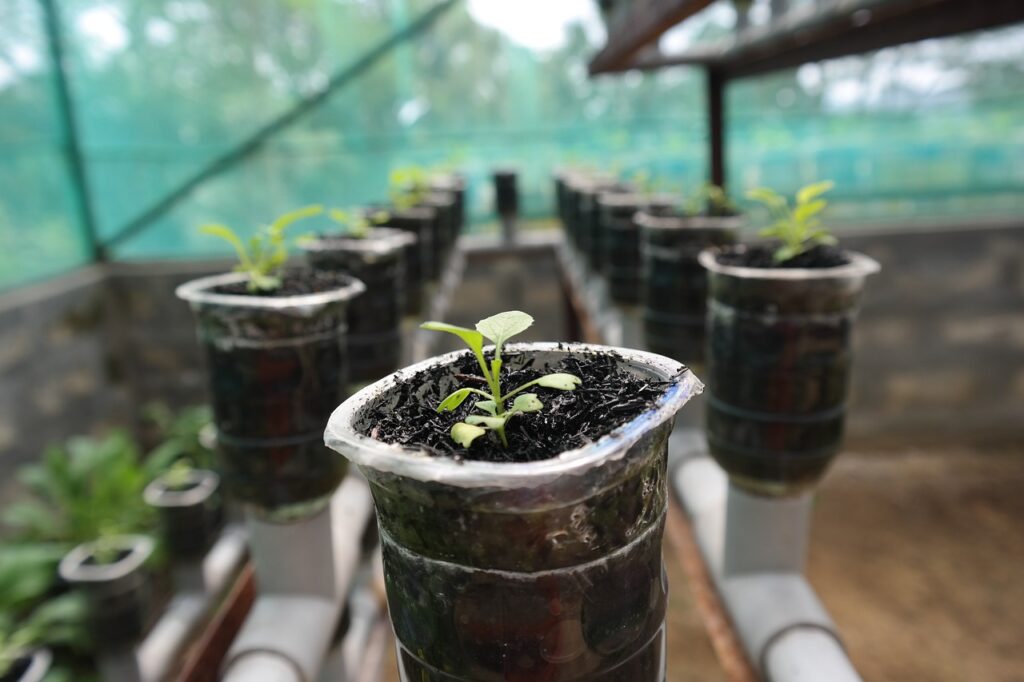Are you interested in exploring the world of hydroponics but unsure where to begin? Look no further! In this article, we will unveil the easiest hydroponic method for beginners. Whether you have a green thumb or are a total novice, this method will provide you with a simple and efficient way to grow your plants without soil. Get ready to embark on an exciting journey into the world of hydroponics and discover a method that is both user-friendly and rewarding.
Introduction
If you’re interested in growing plants without soil and want to explore the world of hydroponics, but you’re not sure where to start, you’ve come to the right place. In this comprehensive guide, we’ll discuss the easiest hydroponic methods available, ranging from passive systems to more active approaches. By the end, you’ll have a good understanding of the various techniques and be able to choose the one that suits your needs and preferences.
Passive Hydroponics
Passive hydroponics is a simple and cost-effective way to grow plants hydroponically. It involves the use of a growing medium that wicks moisture and nutrients up to the plant’s roots. Three popular passive hydroponic methods to consider are the wick system, deep water culture, and the Kratky method.
Wick System
The wick system is one of the easiest and most beginner-friendly methods of hydroponics. It consists of a container filled with a growing medium, such as perlite or vermiculite, and a wick made of material like cotton or nylon. The wick transports the nutrient-rich water from a reservoir to the plant’s roots, allowing for constant hydration. This method requires minimal maintenance, making it ideal for those new to hydroponics.
Deep Water Culture
Deep water culture (DWC) is another passive hydroponic method that is simple to set up and maintain. With DWC, plants are suspended in a container filled with nutrient-rich water, allowing their roots to hang freely. An airstone is used to aerate the water and provide oxygen to the roots. This method is particularly suitable for growing leafy greens and herbs, and it offers a high success rate for beginners.
Kratky Method
The Kratky method is a form of passive hydroponics that requires even less maintenance compared to the wick system and DWC. It involves partially submerging the plant’s roots in a container filled with nutrient solution. As the plant consumes the solution, the water level gradually decreases, creating an air gap that provides oxygen to the roots. This method is particularly useful for growing small to medium-sized plants with short growing cycles.

Active Hydroponics
While passive hydroponics requires minimal effort, active hydroponic systems involve additional components and require more attention. However, they also offer greater control over nutrient delivery and oxygen levels, making them ideal for growing a wider range of crops. Some popular active hydroponic methods include the nutrient film technique, drip system, ebb and flow, and aeroponics.
Nutrient Film Technique
The nutrient film technique (NFT) is a popular choice for active hydroponics. In this system, a thin film of nutrient solution continuously flows over the plant roots, providing both nutrients and oxygen. The excess solution then drains back into a reservoir for recirculation. NFT requires a sloping channel for the nutrient film to flow, and regular monitoring is necessary to ensure proper nutrient levels and pH balance.
Drip System
The drip system is widely used in commercial hydroponic operations due to its versatility and ease of automation. With this method, nutrients are delivered to the plants through drippers placed near their roots. Excess solution is collected and recirculated, minimizing waste. Drip systems can be customized for each plant’s water and nutrient requirements, making it suitable for a wide range of crops.
Ebb and Flow
Ebb and flow, also known as flood and drain, is a popular active hydroponic method that simulates natural watering cycles. The plants are placed in a growing tray filled with a growing medium, and nutrient-rich water periodically floods the tray, providing nutrients to the plants’ roots. After a specific duration, the water drains back into a reservoir. Ebb and flow systems are versatile and can be used for a variety of plant sizes.
Aeroponics
Aeroponics is a highly efficient and innovative hydroponic method that involves suspending plants in the air and misting their roots with a nutrient-rich mist. This mist provides both nutrients and oxygen directly to the roots, promoting rapid growth and high yields. Aeroponics requires specialized equipment, such as misting nozzles and timers, and is best suited for experienced hydroponic gardeners.
Comparison of Easiest Hydroponic Methods
Now that we’ve explored both passive and active hydroponic systems, let’s compare them based on a few key factors to help you determine the easiest method for your needs.
Initial Setup
Passive hydroponic methods, such as the wick system and Kratky method, generally have simpler initial setups compared to active systems. They require minimal equipment and can be easily implemented by beginners. On the other hand, active systems like NFT, drip, ebb and flow, and aeroponics may require additional components, such as pumps, timers, and reservoirs, making their initial setup slightly more complex.
Maintenance
Passive hydroponic systems, by nature, require less maintenance compared to active systems. The wick system, Kratky method, and DWC systems involve minimal intervention once set up, making them ideal for those who have limited time or are new to hydroponics. Active systems, such as NFT, drip, ebb and flow, and aeroponics, require regular monitoring of nutrient levels, pH, and water flow, which may be more demanding for beginners.
Cost
Passive hydroponic methods are generally more cost-effective than active systems. The wick system and Kratky method require minimal investment in equipment, which can be made from inexpensive materials. Active systems, on the other hand, involve additional components and technology, increasing their overall cost. However, the higher initial investment may be justified by the potential for increased crop yield and the ability to grow a wider range of plants.
Suitability for Different Plants
Passive hydroponic methods, especially the wick system and Kratky method, are suitable for a wide variety of plants, including small to medium-sized plants with short growing cycles. However, they may not be ideal for larger plants or those with longer growing periods. Active hydroponic systems, particularly NFT, drip, ebb and flow, and aeroponics, offer greater flexibility in terms of plant size and growth duration, making them suitable for a wider range of crops.

Conclusion
In conclusion, the easiest hydroponic method for you will depend on your specific needs, resources, and level of experience. If you’re a beginner or have limited time and resources, passive hydroponics, such as the wick system, deep water culture, or the Kratky method, may be the best choice for you. These methods require minimal maintenance and investment while still allowing you to enjoy the benefits of soil-less gardening. On the other hand, if you’re willing to invest in more advanced equipment and are interested in growing a wider range of crops, active hydroponic systems like NFT, drip, ebb and flow, or aeroponics may be the way to go. Regardless of the method you choose, exploring the world of hydroponics will open up new possibilities and revolutionize the way you grow plants. Happy hydroponic gardening!





